High-pressure applications call for cryogenic valves. Cryogenic valves efficiently deliver the sealing according to the relevant testing requirements. Manufacturers carefully create and test these valves while keeping in mind all safety precautions so that your business can rely on them without any issues.
Choose the best cryogenic valves from vendors who can satisfy your needs and expectations. For the past 20 years, Dombor, one of the top producers of cryogenic valves, has provided valves to a variety of industries. Contact Dombor right away to discuss your demands and the ideal cryogenic solution. Striking a balance between quality and affordability is crucial for every business, which is where industrial valves manufacturer Dombor can assist your enterprise with its needs.
What Are Cryogenic Valves?
Cryogenic valves are unique valves that happen to work phenomenally in extreme temperature conditions. These valves must be made from materials that can endure the extremely low temperatures associated with cryogenic materials and fluids, which are handled below -101°C.
The temperature range that cryogenic valves can withstand is from 37°F to -320°F. Each valve has a different temperature range. Cryogenic valves frequently feature lengthy stems. This is so that the valve stem seal may avoid contact with the chilly fluid. The cryogenic valve offers superior bubble-tight cutoff features to avoid leaking at all costs. Leakages can have disastrous effects because the fluids delivered by these valves and pipes are chemicals.
How Do Cryogenic Valves Work?
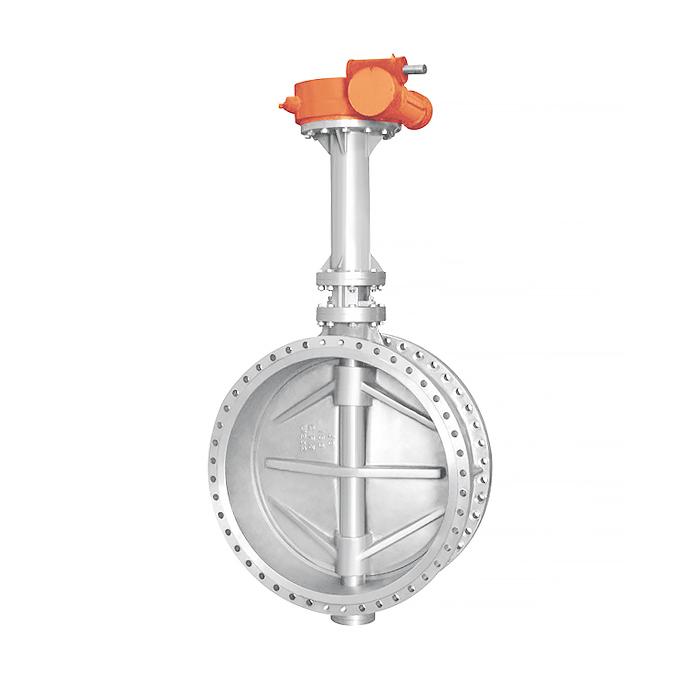
Cryogenic valves are maintained naturally closed to protect and properly retain cryogenic gases or other mediums. A cryogenic valve responds to high pressure by pushing into the open position, allowing the gas or other media to pass through easily. The open flow will last until the pressure decreases once more, at which time it swings back and seals with a unique metal seat bubble-tight shutdown to stop any leaking.
The external pressure has some influence on how well a cryogenic valve functions. A cryogenic valve is typically maintained in a closed state. As a result, the media inside the valve will be kept inside and won’t leak into the atmosphere. These valves are precisely made to respond to pressure increases. The valve is pushed into the open position by increasing pressure, which causes the medium to flow. Until the pressure drops, this flow will continue.
Types Of Cryogenic Valves Based On Their Design
Many different valve types can be used in various applications, each with advantages. As a result, it’s critical to choose the type that best matches a particular application.
- Pressure Relief Valve
A sort of safety-related component called a pressure relief valve is utilized in pneumatic pipelines or vessels. Relief valves regulate compressed air pressure levels in systems so that they don’t rise past a defined point and harm people or gear. Therefore, these valves are employed to prevent over-pressurization, which occurs when air pressure is higher than what is permitted for that system.
Relief valves release extra pressure, preventing compressed air systems from becoming overpressurized. When pressure is applied to the valve seat, a force opens the valve in opposition to the spring tension. The control knob can change the tension of the spring, which will also change the pressure needed to open the valve.
Within the LNG sector, pressure relief valves are a requirement for overpressure protection. However, with design temperatures as low as -320 F, not all pressure relief valves are created equal when it comes to performance in cryogenic environments. To handle the freezing conditions and fulfill their safety purpose in these cryogenic applications, pressure relief valves need to have improved sealing properties.
- Cryogenic Ball Valve
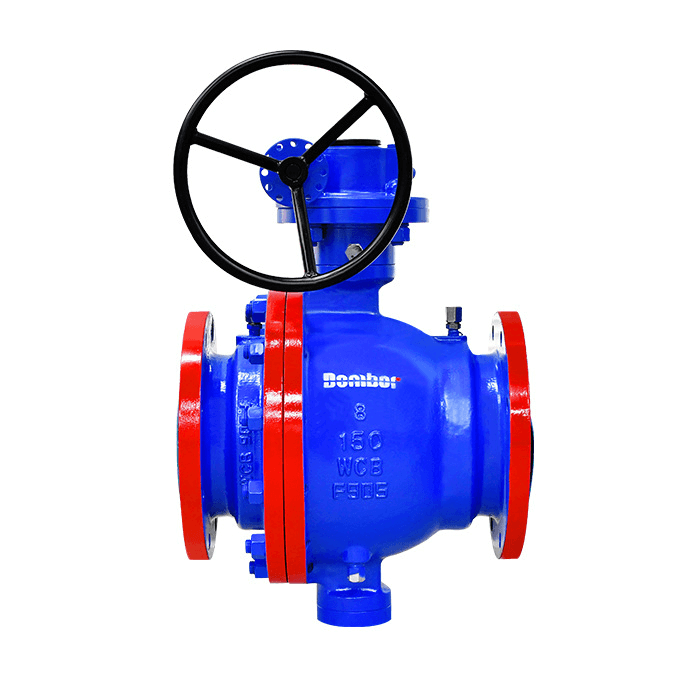
The function of industrial ball valves is to shut off the flow of liquids, gases, and vapors through a pipe system by rotating a ball with a bore inside the valve. A shaft connecting the ball to the operational and controlling mechanism turns the ball, which is positioned against two seats. The fluid is prohibited from passing through the valve when the bore’s cross-section is perpendicular to the flow region. The amount of holes exposed to the floor determines how much fluid flows through the valve and how quickly it does so.
Cryogenic ball valves offer fast and secure shut-off capabilities, preventing leaks when handling cryogenic fluids. According to the seat’s design, there are two different types of ball valves for cryogenic fluid service. Ball valves designed for use with cryogenic fluids have longer stems and bonnets. With this layout, the cryogenic fluid channel is above the stem packing. The extended stem creates a column of insulation.
The cold liquid becomes a warm vapor by applying pressure to the column. After then, the vapor forms a gas gap below the seals, shielding the valve from harm brought on by localized freezing. The insulating column shields the service fluid from air heat that would otherwise destabilize the cryogen’s physical characteristics. There are various ball valves in the market, like double block and bleed ball valves.
- Cryogenic Gate Valve
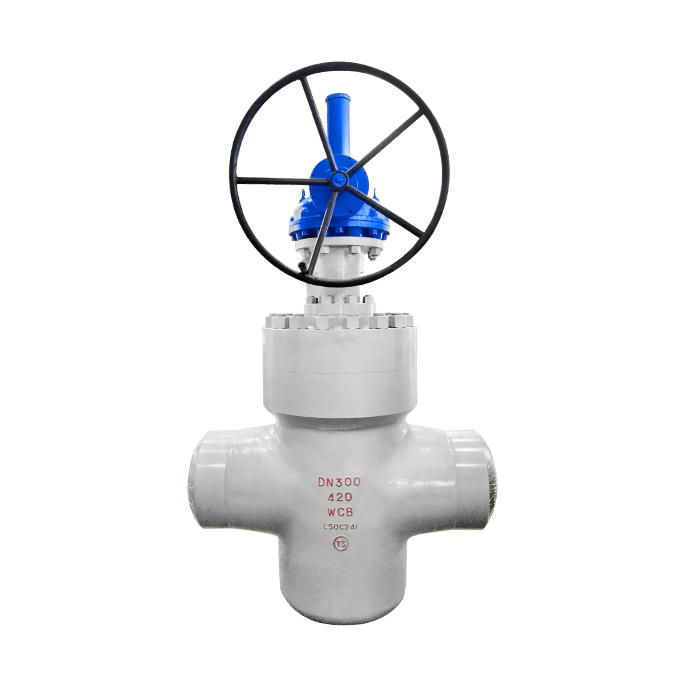
A cryogenic control valve called a cryogenic gate valve entirely permits or prohibits media flow. Cryogenic gate valves stop the flow between pipe flanges, which employ a flat gate. Due to its complete port design, a gate valve and the installation pipe have the same diameter. Gate valves minimize fluid pressure losses, unlike butterfly valves, when fully open. Furthermore, gate valves enable pigs to move to conduct cleaning and inspection procedures inside the pipe due to the same widths of the pipe and the valve widths.
A cryogenic gate valve is used primarily in gas liquefaction systems and functions successfully at temperatures below -40oC under particular service circumstances. Their expanded bonnets can look different at first glance, which keeps the stem packaging far enough away to continue working despite the flow’s extremely low temperatures. However, this unique design aids in reducing heat transference from the exterior to the interior of the valve, resulting in energy savings and more effective systems.
- Cryogenic Butterfly Valve
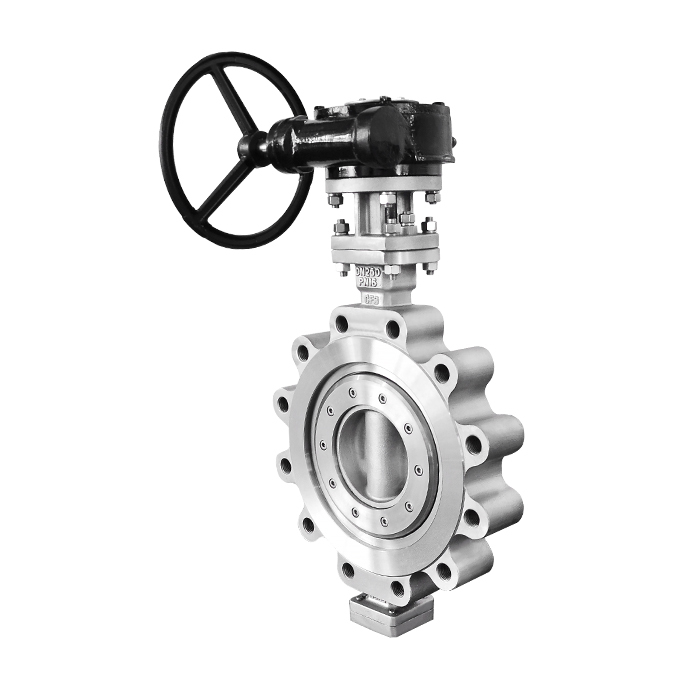
The round disc at the core of the cryogenic butterfly valve gives them a shorter length than the types mentioned above of cryogenic valves. When immediate opening and closing operations are necessary, they have a beneficial function. Additionally, these are simpler to use, lighter, and cheaper.
Due to the cryogenic gases’ great sensitivity, an undetected leak might result in significant risks and extensive damage. Standard valves can develop seal cracks due to exposure to extremely hot or cold temperatures since they contract and expand at different rates. Buy from a reputable butterfly valve supplier for the best valves.
- Cryogenic Globe Valve
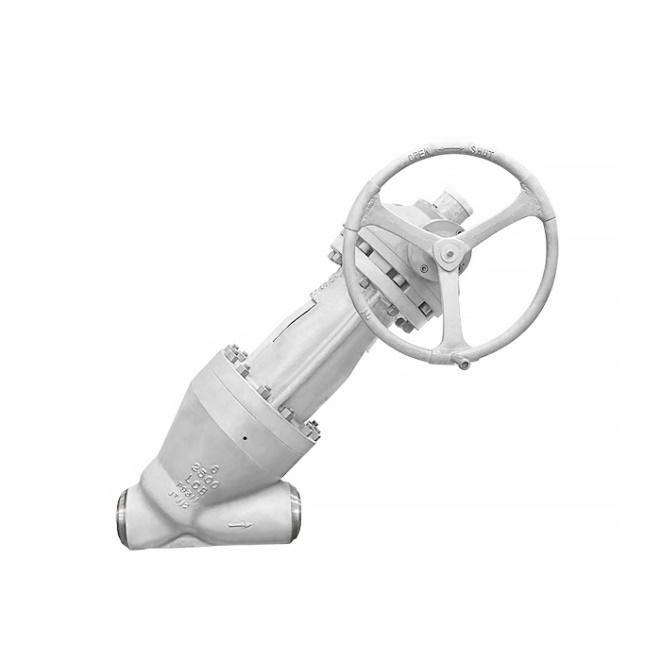
Using a disc closure element, linear motion closing-down valves, also known as globe valves, can start, stop, or regulate flow. All businesses have the option of totally removing the globe valve disc or closing the flow stream completely. The seat opening adjusts proportionately to the disc’s movement, making it perfect for flow management tasks. Globe valves are frequently used and are most effective for throttling and controlling fluid flow. They work best with small-size pipework.
The majority of tasks required by piping systems for fluid handling processes can be performed by globe valves. Even though its versatility as a block or isolation valve, the globe valve’s main function is to control flow in the partially open position, as opposed to gate valves, which can be utilized in either the wholly opened or fully closed positions. Long-term performance and durability are provided by a cryogenic globe valve. The sealing provided by these valves is also durable.
Materials Used In Making Cryogenic Valves
Aluminum, stainless steel, brass, Incoloy, bronze, zirconium, etc., are typical building materials for cryogenic valves. Typically, the seal material is made of graphite or PTFE material.
The valve’s material selection depends on the temperature range that it can sustain. The design of the valve will result in cracks, internal and external leakages, and other severe problems if it is not made from a suitable material.
Components Of Cryogenic Valve
The following are the components of a cryogenic valve:
- The Body
The body is an essential component because it houses the moving parts that come into touch with the fluid and must withstand the pressure in the piping system. Steel in various shapes, patterns, and material grades can be cast or forged to create the body. Cast and forged bodies are utilized following ASTM A352 LCB/LCB and ASTM A350 LF2/LF3, respectively, for low-temperature use.
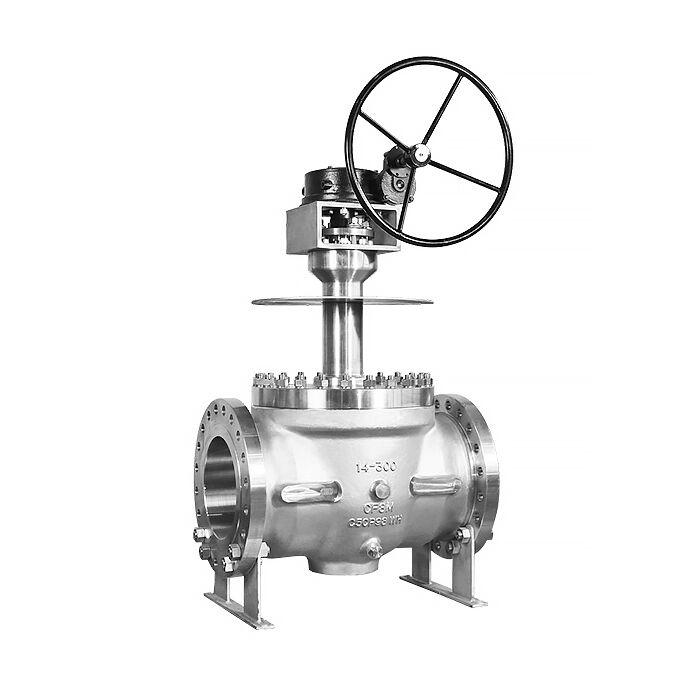
- Bonnet
The stuffing box, crucial to the cryogenic valve, can be shielded from the harm caused by low temperatures by the expanded bonnet. The enlarged bonnet structure prevents cold energy loss by wrapping specific materials conveniently around the valve.
- Actuator
A device that opens and closes the valve is called an actuator. It’s attached to the disc and stem assembly.
- Disc
The disc is the component that, depending on its location, permits, throttles, or stops the flow. When a plug or ball valve is present, the disc is referred to as a plug or ball. Cast, forged, or manufactured valve discs are all possible. When the valve is closed, a disc is positioned against the seat or seats of the stationary valve.
- Seat
This is one of the critical elements of the system that directly influences how quickly the valve leaks. Metal or non-metallic forged rings are essential components of the valve body. A seat or seats may be present on any valve. There is only one seat for the swing check valve and globe. The downstream seat is on the gate valve’s opposite side from the upstream seat, and vice versa. Multiple seats are possible in multipod club and ball valves, depending on the valve’s or plug’s port count.
- Stem
According to the expanded stem, the packing must be sufficiently warm and above 8°C. It will ensure that the valve does not leak and works efficiently.
- Valve Trim
Valve trim is the collective name for the detachable and replaceable internal valve components that come into contact with the flow medium. Because different materials require different qualities to survive different stresses and circumstances, valve trim pieces can be made from various materials.
Standards Of Cryogenic Valve
Although some businesses have unique specifications for cryogenic valve service, the majority of these specifications are based on engineering norms like ASME 16.34, BS 6364, and ISO 21011.
- ASME 16.34
Critical criteria about valve-related components, including threading, flange, and welding end, are included in ASME 16.34. A few of the specifics are:
- Require valve closure tests, leakage detecting devices, and valve shell tests.
- Description of pipe marking criteria and nominal pipe size.
- Flange removal criteria, electrical continuity, and material selection specifications.
- BS 6364
This British Standard lays out the design, production, and testing specifications for valves used in cryogenic service. The following is a list of its requirements:
- The cryogenic valve design must include enlarged bonnets and glands. The extension’s length must also be sufficient to keep the stem packing at an appropriate temperature. Consequently allowing it to operate within the packaging material’s usual temperature range.
- Flat-seated discs are not permitted for globe valves, according to BS 6364. They should be tapered or conical instead.
- Procedures for the production and prototype testing of valves are also included in BS 6364.
- The cryogenic valve design for combustible service must provide electrical continuity to avoid the accumulation of static electricity.
- Valves used in liquid service must be able to operate with their stem at a height of at least 45 degrees above horizontal. Similarly to this, gas service valves must be capable of opening and closing with their stems.
- ISO 21011
This international standard lays out the design, production, and testing specifications for valves used in the operation of cryogenic fluids. The standards include addressing operation at cryogenic and ambient temperatures. The following is a list of its main recommendations:
- According to this standard, valve parts made of metallic and non-metallic materials should adhere to ISO 21028-1 and ISO 21028-2 standards.
- Cryogenic valves must operate safely between their rated lowest temperature and 65°C to carry out their intended duty. In addition, they have a specific pressure range they must work inside.
- Cavities that could cause a buildup of pressure and the entrapment of liquid are prohibited by ISO 21011.
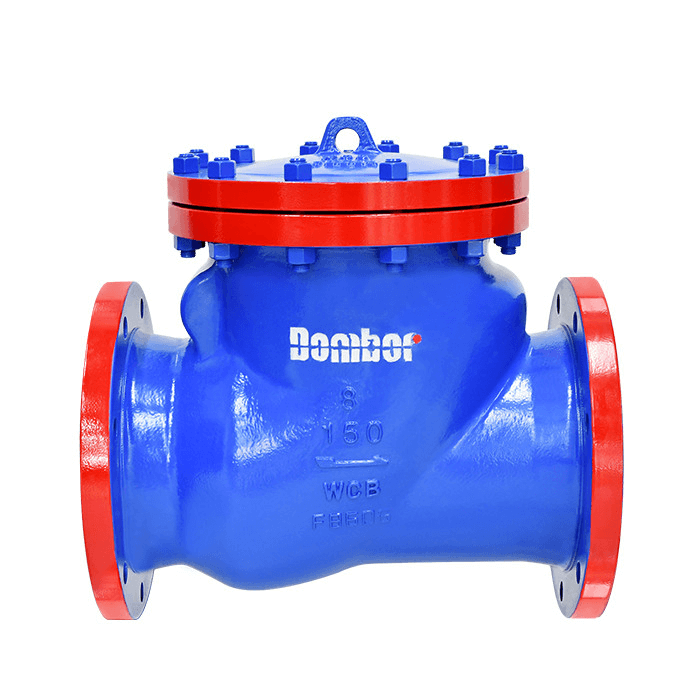
Cryogenic Valve Applications
Industrial facilities are the main locations of cryogenic valves, which take advantage of procedures that can be carried out at extremely low temperatures. As a result, several of these cryogenic valve applications are highlighted in the following sections.
- Oil And Gas Industry
Cryogenic valves manage liquified gases like methane, liquid nitrogen, and helium in the oil and gas industry. These substances cool to cryogenic temperatures and are kept in a liquid condition thanks to their simplicity and safe non-pressurized storage and transportation. More significant amounts can thus be moved or kept in storage for an extended period while the piping system runs at significantly lower pressure levels and ensures power generation. To avoid corrosion issues farther down the line, condensate, moisture, and CO2 must be removed before these gases are cooled into a liquid.
- Chemical And Petrochemical Industry
In the chemical processing industry, several products, including liquid oxygen, ethylene, and liquid nitrogen, require handling at very low temperatures. Cryogenic valves are the ideal option for this use. They are also excellent for transporting liquids, such as LPG.
- Air Separation
Several pressure techniques are used to separate the various gases in the air. These plants make excellent use of cryogenic valves.
- Food And Beverage Industry
Cryogenic valves are widely used in factories that produce processed food and drinks. Using cryogenic pipes and valves, these things are moved into and out of freezers.
- Health Industry
Cryogenic valve applications are constantly growing and are even used in the medical sector—both storage areas where medical equipment is kept and pipelines that transfer gases like oxygen contain them.
Why Valve Plays An Essential Role In Cryogenic Application?
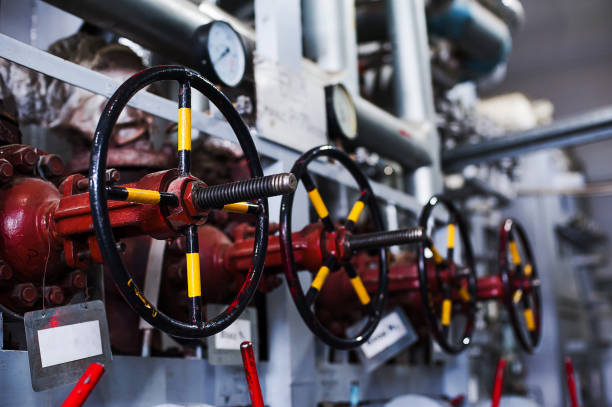
Cryogenic valves are used in the handling, storage, and transportation of cryogens, as well as high-pressure fluids and extremely low-temperature. Specialized valves designed to withstand circumstances of severe pressure and temperature are known as cryogenic valves.
Cryogenic valves are frequently used in various industries, including LNG, petrochemicals, food processing, and many others. These valves are used in various industries thanks to their capacity to transport low-temperature fluids. Cryogenic valves are created using the proper materials to guarantee that they can tolerate chemicals while also tolerating changes in temperature and pressure.
Given the price of converting gas into a cryogen in the first place, cryogen leakage is both risky and expensive. Insulating the valves and pipework is essential when working with cryogens because environmental heat gains are a persistent problem. Processing gases’ physical characteristics include working with gases including LNG, oxygen, nitrogen, and helium. Because they are unstable at atmospheric pressure, these liquids have the potential to abruptly and violently change into the gas phase.
Standard industrial valves are vulnerable to severe temperatures because they expand and contract at different rates in hot and cold environments, breaking the seal and allowing for unintended leakage. The study, transportation, and storage of cryogenic gas processes have long been plagued by these heat increases.
How To Choose A Cryogenic Valve?
It can be challenging to choose valves for cryogenic applications. The circumstances at factories and on ships must be considered by buyers. Additionally, individual valve performance is required due to the unique properties of low-temperature cryogenic fluids. Proper selection guarantees equipment protection, plant dependability, and operational safety.
- Materials Used
Cryogenic valve makers must consider the materials they choose because the device’s body must endure temperature fluctuations and any potential expansion and contraction motions produced, preventing the deformation of its mounting. In light of this, it should be highlighted that austenitic stainless steel can be used at temperatures below -100 °C and ferritic stainless steel above that. Contrarily, tiny-diameter, low-pressure valves are made of copper or aluminum alloys.
- Safety
Always prioritize your safety. Remember that liquids can experience extreme expansions when choosing a valve for a cryogenic application. As such, make sure the valve is vented in some way.
- Types Of Valve
Despite the lack of specific regulations regarding valve type in cryogenic service, 3-way ball valveis frequently chosen due to their ability to provide a tight shutdown. Additionally, triple offset and high-performance butterfly valves move in quarter-turns. Cryogenic gate valve is frequently used in place of ball valves for bigger valve sizes because ball valves can be more expensive. Ball valves can be more expensive up front, but they can save money over time because of improved longevity and performance. Although client selection usually dictates which type is utilized, flange and welded versions are primarily used for cryogenic piping connections.
- Temperature
Ultra-low temperature valves have steadily increased usage over the past few years. One of the most crucial types of machinery in the air separation, petrochemical, natural gas, and other sectors. The working media is poisonous primarily, combustible, and explosive in addition to low temperature. Additionally, considerable permeability dictates several unique requirements for the materials and design of valves. Not only must it generally function at the designated temperature, but it must also guarantee proper operation at room temperature.
The low-temperature valve features a higher packing component and a longer stem than the standard-temperature valve. Its goals are to lessen the amount of heat that enters the device from the outside, to keep the stuffing box above zero degrees Celsius so that the stuffing may function normally, and to keep the stuffing from freezing too much at the stuffing box part’s valve stem and upper valve cover. Frozen or frosted components are present.
- Maintenance
A clean chamber should be used to assemble cryogenic service valves, and the valves themselves should be lubricant-free or use lubricants suitable for cold service. Machine oil, grease, dirt, or other foreign substances should not be present in the valves for clean service. At cryogenic temperatures, any extraneous material can impair the operation of the valve. To ensure that the manufacturer followed the correct processes when assembling the valve, the operator should ask for documented cleaning instructions when purchasing a valve for cryogenic service. Cameron takes the necessary care to keep valve components free of contaminants and prepares them meticulously for clean-room assembly.
Conclusion
To ensure the safety and proper handling of cryogenic liquids, cryogenic valves are a crucial component when it comes to installation. Contact Dombor if your business is interested in cryogenic valves and would like to transform your processes by striking a balance between quality and affordability.
Dombor can help business owners understand a cryogenic valve’s application while assisting in manufacturing a product that has been manufactured to meet global standards. As a result, contacting professionals with all your cryogenic valve needs is crucial to implement your business processes smoothly.









